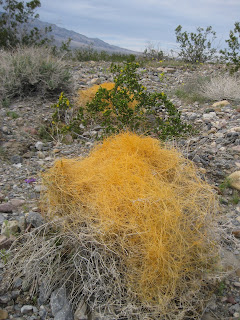



Redding is in the northern part of California's central valley. This is a very livable area. It's in an area with a wide variety of topography: rich agricultural areas to the south, ranching in the immediate area, forests with winter parks for skiing and other sports, a beautiful lake to the west--a city that's easy to get around in with all the shopping possibilities you could want.
The city also has a world famous pedestrian bridge, the Sundial Bridge designed by renowned architect, Santiago Calatrava of Spain. The bridge, the only bridge in the U.S. designed by Calatrava, is a sundial. However, it does not function as a sundial because of its positioning across the Sacramento River. There is only one day each year when the Sundial Bridge accurately tells time--June 21, Summer Solstice! The bridge deck is constructed of translucent fiberglass panels.
The bridge is part of Turtle Bay Exploration Park and McConnell Arboretum. The Lookout Tree is a living work of art. The artist, Patrick Dougherty, wove vines into the "shelters" pictured around the trees.
The Mosaic Oasis, a colorful, playful sanctuary, is made from recycled or repurposed products saved from landfills and reinvented into new forms analogous to the butterfly emerging from its chrysalis.
The Arboretum was just beginning to burst into spring bloom when we visited. It covers several acres and includes plant varieties from literally all over the planet. It also provides benches for rest and meditation.













































